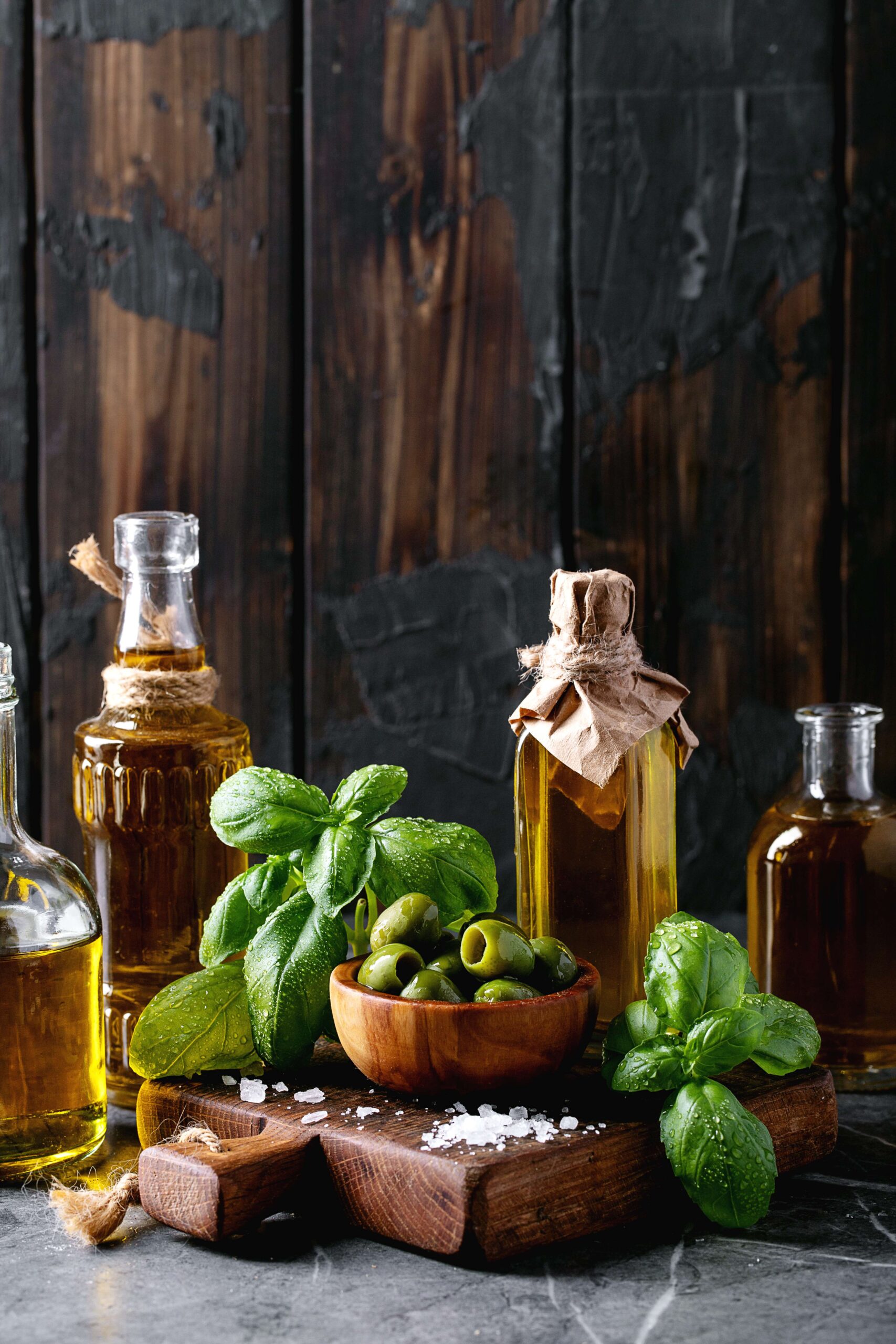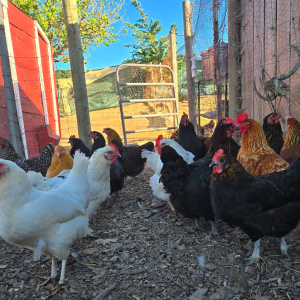Making Olive Oil More Affordable: Challenges, Market Trends, and Solutions
Olive oil has long been prized for its health benefits and culinary uses. However, in recent years, the price of olive oil has surged due to climate challenges, market fluctuations, and production costs. Consumers worldwide are feeling the impact, with prices reaching record highs in 2024. This article examines the reasons behind the high costs of olive oil, presents relevant data, and explores solutions to make it more affordable for everyone.
Why is Olive Oil So Expensive?
1. High Production Costs
The cost of producing olive oil varies significantly based on location and farming practices. According to a study by the International Olive Council, harvesting alone accounts for approximately 46% of total production expenses. Fertilization, irrigation, and soil management further contribute to the overall costs.
- In Italy, the production cost for a liter of extra virgin olive oil is approximately €5.99 (Unaprol).
- In traditional rainfed olive farming systems, the average production cost for one kilogram of olive oil is €2.86, with countries like Morocco reporting lower costs, while Lebanon has higher expenses (International Olive Council).
2. Climate Change & Poor Harvests
Olive oil production is highly dependent on climate conditions, and extreme weather can drastically affect yields. Spain, the world’s largest olive oil producer, experienced a poor harvest in 2023 due to drought and heatwaves, leading to a sharp decline in global supply. With supply dropping, prices skyrocketed.
- Price Surge: In 2024, olive oil prices reached record highs in some regions, with prices up to 1,100 ALL (Albanian Lek) per liter (Monitor.al).
- Pests and Diseases: Olive trees are also vulnerable to diseases such as Xylella fastidiosa, which has wiped out thousands of trees in Italy and continues to threaten Mediterranean groves.
3. Supply Chain and Market Control
The olive oil industry is dominated by a few major producers and brands, controlling prices and supply chains. Middlemen, packaging, transportation, and storage add further costs. Additionally, import duties and taxes make olive oil even more expensive in non-producing countries.
- Spain and Italy collectively account for 40% of global olive oil exports, meaning disruptions in their production impact international prices.
- The United States is the third-largest consumer of olive oil, consuming 9% of global production, while Italy (21%) and Spain (19%) lead global consumption (AboutOliveOil).
How Can We Make Olive Oil More Affordable?
1. Improving Production Efficiency
To lower costs, the olive oil industry must adopt more efficient farming methods.
- Mechanized Harvesting: Reducing reliance on manual labor can lower harvesting costs, which account for nearly half of total production expenses.
- Drought-Resistant Varieties: Investing in high-yield and climate-resilient olive varieties can help maintain stable production despite climate change.
- Efficient Irrigation Systems: In water-scarce regions, better irrigation technology can optimize yields while conserving water resources.
2. Streamlining Supply Chains
Reducing middlemen and improving distribution networks can significantly lower prices for consumers.
- Direct Sales from Farmers to Consumers: Encouraging farmers to sell directly through cooperatives or online platforms can cut out intermediaries and reduce retail markups.
- Bulk Packaging: Buying olive oil in bulk reduces packaging costs and per-unit pricing.
3. Government Policies and Subsidies
Governments can play a key role in making olive oil more affordable by supporting farmers and reducing taxes.
- Subsidizing Olive Farmers: Providing financial incentives, grants, or low-interest loans can help farmers cover production costs.
- Reducing Import Taxes: Lowering tariffs on olive oil imports can make it more accessible in non-producing countries.
- Funding Research and Innovation: Investing in agricultural research can help develop cost-effective and sustainable farming techniques.
4. Increasing Market Competition and Transparency
- Encouraging More Producers: Supporting small and medium-sized olive oil producers can break market monopolies and increase competition, which drives prices down.
- Stricter Quality Control: Enforcing transparency in labeling and preventing fraudulent “extra virgin” olive oil sales will ensure consumers get value for their money.
5. Educating Consumers on Smart Purchasing
Consumers can take steps to save money while still enjoying high-quality olive oil.
- Buy in Bulk or Cooperatives: Purchasing larger quantities reduces overall costs.
- Mix with Alternative Oils: Using a blend of olive oil and other healthy oils, like sunflower or canola oil, can be a cost-effective solution.
- Choose Locally Produced Oils: Buying from regional brands rather than imported ones can sometimes be cheaper and support local economies.
Conclusion
Making olive oil more affordable requires a multi-faceted approach, from improving agricultural practices and optimizing supply chains to implementing government policies and consumer education. While global challenges such as climate change and economic fluctuations continue to affect prices, targeted efforts in production efficiency, distribution, and market regulation can help stabilize costs and ensure that olive oil remains an everyday essential rather than a luxury.
With these strategies in place, the goal is to make high-quality olive oil more accessible and affordable to households worldwide.













